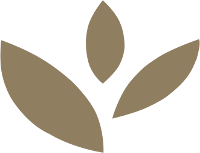Madagascar coffee
There is a strong coffee culture in Madagascar and homegrown, locally roasted coffee is very much brewed everywhere in the country. Since coffee seedlings were brought by French settlers from Ethiopia in the early 19th century, high-quality Robusta and Arabica have been grown on Madagascar.Additionally, Bourbon and Liberica coffee types, as well as some 50 wild species, exist on the island, but which contain less caffeine and are not commercially exported.
The taste of Madagascar's Robusta Kouillou is particularly well-balanced and harmonious and often with a hint or almond, making it an excellent choice not only for blends but also as a single bean blend as it is almost always consumed in Madagascar.
Robusta, being the most produced variety, grows in tropical areas at altitudes between 100m-300m along the east coast in the Vatovavy-Fitovinany region, around Tamatave, Antalaha, Andapa and the whole SAVA region as well as in the northwest, on Nosy Be, around Ambanja and along the Sambirano river.
Arabica grows at higher altitudes in the central highlands, mostly in the Antananarivo province and around Lake Alaotra on the northern central plateau.
Coffee production in Madagascar is dominated by small family-run farms, where coffee cherries are picked by hand, washed and sun-dried. Here farmers rely on nature's own fertilisers and pesticides by mixing crops, providing nutrients, biological diversity and natural pest controls. In Madagascar, this ancient farming method pre-dates the term “companion planting” which was later adopted by the “new age” organic movement in the 1970s. Nearly all crops in Madagascar, coffee included, are still produced organically as they have been for hundreds of years, whether certified or not.
